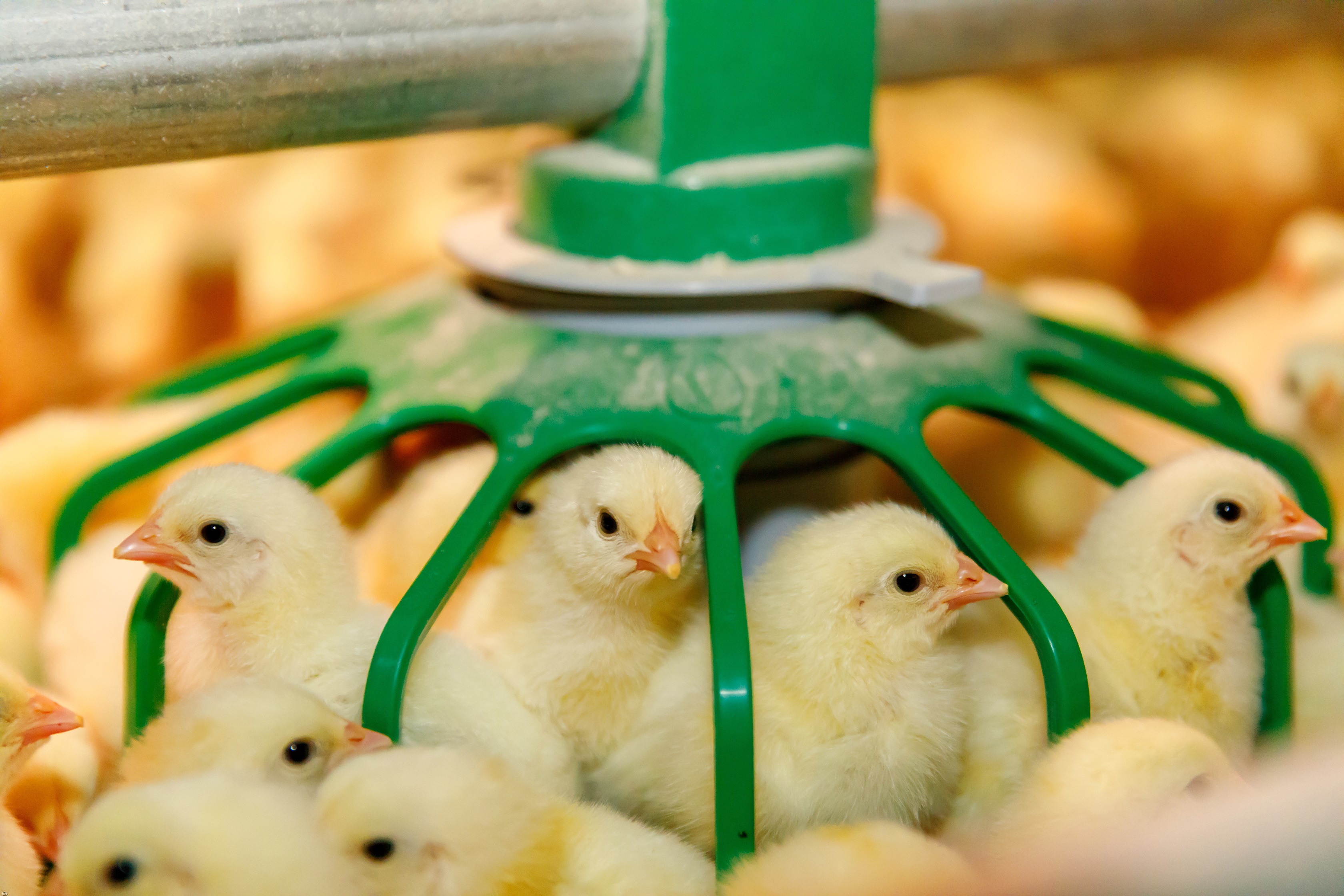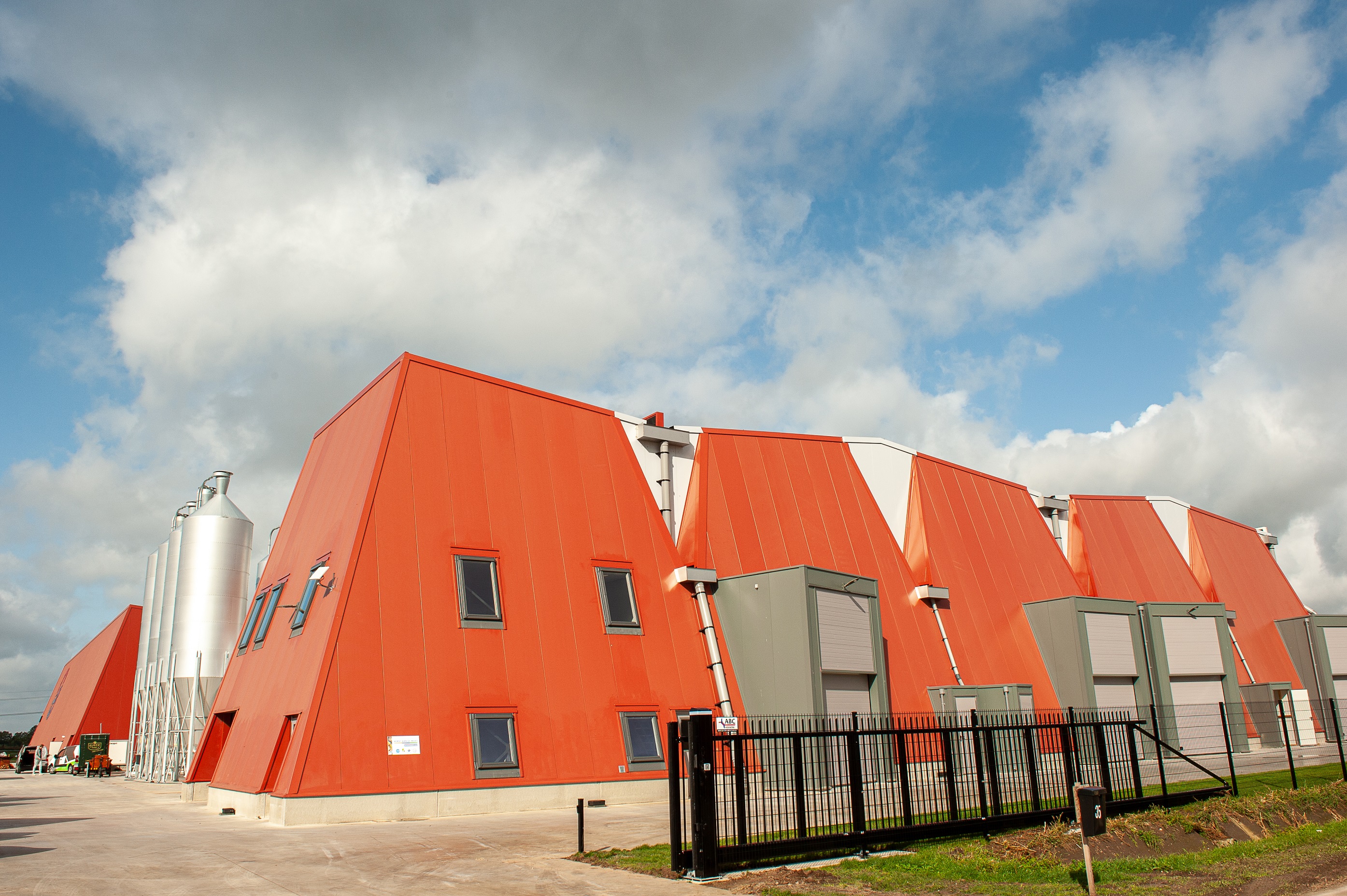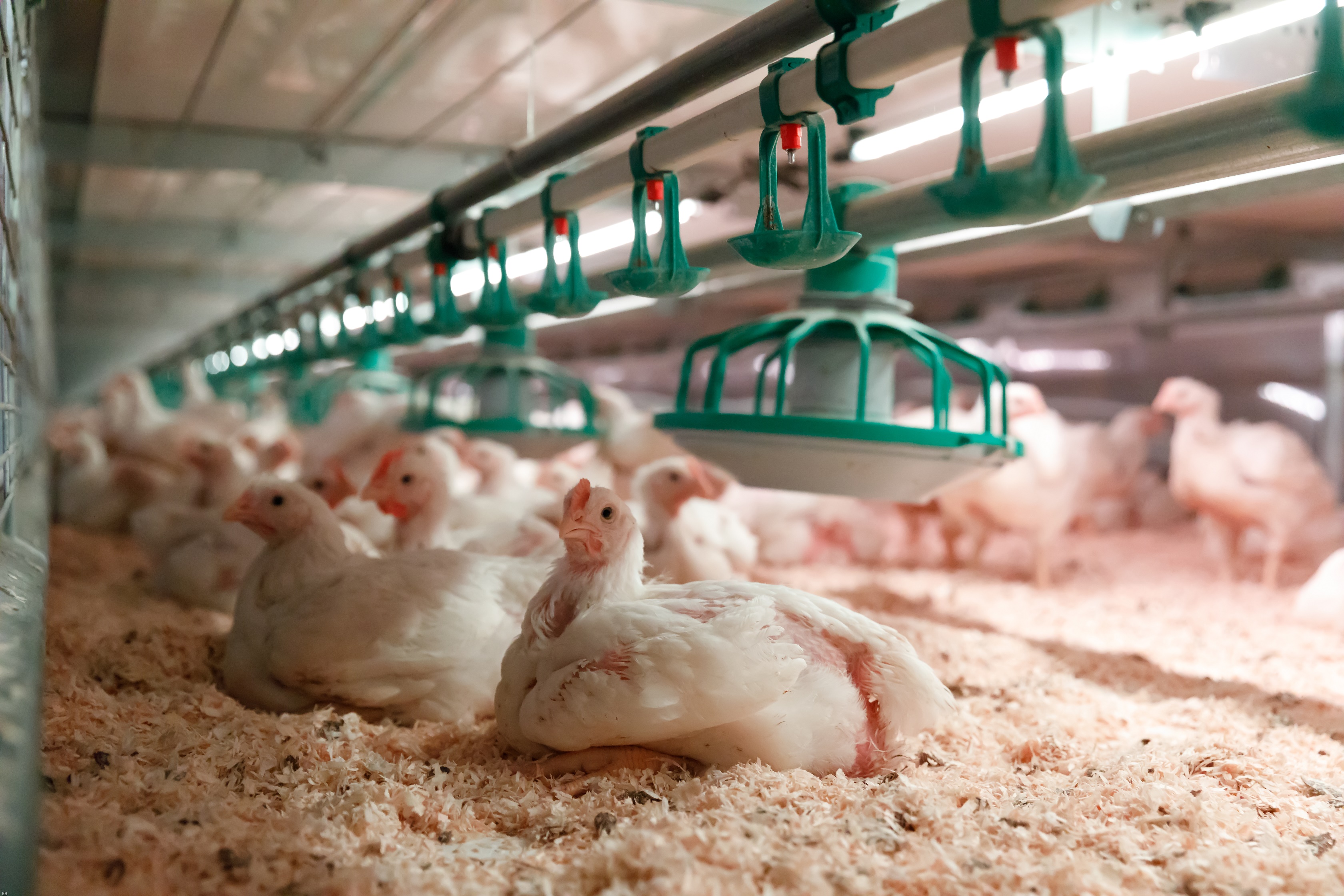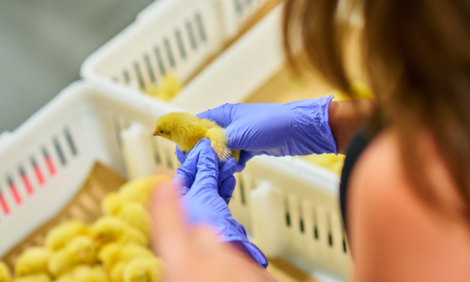



The long-term benefits of short-chain poultry farming
A short-chain poultry unit in the Netherlands is changing public opinion and proving that poultry production can be done sustainably, ethically and affordably for everyone. Melanie Jenkins reports.Third-generation farmer Marcel Kuijpers runs an innovative poultry unit in the town of Grubbenvorst, the Netherlands, along with his two brothers, and two nephews. One of the main focuses of the Kuijpers Kip brand is animal welfare, an issue that Kuijpers says is extremely important to him, alongside driving for sustainability and affordable food for all.
The farm was originally located on a different site, with poultry houses that were built in 1956 by Kuijpers’s father and uncle. The previous systems were dismantled about 20 years ago, though, to make way for one large, all-inclusive short-chain.
“In 2000, we decided to work towards removing the transport element from the production chain as it struck us that the broilers had to be driven to slaughter, and we never heard anything back except their weight and the price,” explains Kuijpers. “We thought, if we can skip all of the transport, it will be better for people, the animals and the earth.”

This became the starting point in developing a whole new strategy: adopting innovative practices became a target for the business, with the overall aim to create a short-chain system where birds are hatched, grown and slaughtered on a single site. “We were very ambitious and everyone said we were crazy,” he adds.
The first step was to build a hatchery system that allowed the chicks to be hatched in the houses they would then stay and grow in. This was the first of its kind and the system had to be built from the ground up.
The hatchery is set up so that the birds are born in the sheds they will stay in until slaughter – removing the need for any transportation. Living on six vertical layers, the birds are on wood shaving and can access water and food as soon as they are hatched.
At the end of the life cycle the birds are caught automatically and stunned on their way to the slaughterhouse, so there is no stress or transport issues. “This means there is better meat quality and higher animal welfare,” says Kuijpers.
The system also means that no antibiotics are required at all. “When the birds are hatched this way, they have a higher immune response which is scientifically proven to provide a higher vitality against diseases,” explains Kuijpers. “The housing set up also means that because there are no draughts, there is no respiratory disease.”

A comprehensive care plan is in place for animal health and welfare, and a veterinarian is employed to work with the birds throughout their life cycles.
The hatchery is also set up with Inno+ air scrubbers, which results in minimal emissions from the poultry houses. “Our air scrubbers have been transformed to become an energy source which collects the heat from the birds during their growing stages – including the smells, dust and ammonia – and then produce heated air for the hatching birds. “It means the fattening birds heat their own brothers and sisters.”
This is another way for the farm to be sustainable. “We said we didn’t want to use fossil fuels and so in designing this family warmth system, it’s worked out very well.”
In another bid to become sustainable, the roofs of the barns are fitted with solar panels that have a total capacity of 1 megawatt, which means the site is self-sustaining.
Initially the family took out an intellectual-property patent on the design, but on reflection Kuijpers and his brothers decided that this didn’t tie in with the business’s mission statement: “Lovely food for everyone”. As a result, they made the patent available for others to use. “We want everyone to be able to have decent, healthy and tasty food that is not damaging to animal welfare or the environment. It’s not in conflict with my mission to let people copy me – it’s about sustainability in every way and not just thinking about myself.”

The Kuijpers family have proven the sceptics wrong. They currently have space to produce 250,000 broilers, and a farm with 85,000 parent stock on it that can produce up to 4 million hatching eggs. “We export a lot of these but the next stage of expansion on our site will see the farm grow to house 1 million broilers,” says Kuijpers. “Our consumers want fresh birds and the way the system works means that we have fresh meat every day as we keep numerous different ages on the farm — this is why we built such a big farm,” he adds.
The next step for the business is to build a slaughterhouse on the site, but the aim is to keep it as small as possible. “We want to be able to slaughter about 4,000 birds an hour, which will be 32,000 birds a day over an eight-hour day, with the total 1 million birds split across 16 ages.”
Everyone wants to visit the farm now and Kuijpers has several videos on YouTube to answer many of the questions he gets asked on a regular basis. “Three times a day I get asked to organise excursions to the farm, which is why we made a film and so we can spread the news.”
In addition to this, Kuijpers organised a symposium in October 2019 to get the discussion on food production rolling again. “Discussions about meat often get hijacked by animal welfare, so we wanted to take the discussion back in hand. We know about animal welfare, are responsible and take it very seriously,” he explains. The symposium aimead to demonstrate that the model of the farm is both sustainable and provides a nice environment for the birds.
Despite the criticism from animal welfare groups, Kuijpers believes that the sustainability approach will win in time.
“More and more customers want to buy our meat and we are growing, but we don’t want our customer base to grow faster than we do.”









